In this collection of engravings, Cruikshank displays the stark class stratification that characterized London during the age of industrialization. As you explore this section, you’ll notice that many of George Cruikshank’s illustrations of class have a discernible bourgeois bias. Working class subjects are typically illustrated within the context of receiving some sort of charitable good or service from either civil society organizations or bourgeois individuals. Likewise, bourgeois and aristocratic subjects are typically shown in relation to performing (or not performing) acts of charity for working class subjects and are presented either positively or negatively based on their willingness to help those beneath them in the class hierarchy of nineteenth century Britain.
Examples of the glorification of bourgeois charity can be seen in “The Little Chimney Sweep” and the “Ragged School Union” sketches. Meanwhile, “The Pauper Family and Foolman” clearly shames its aristocratic subject for his unwillingness to help the poor family at his door.
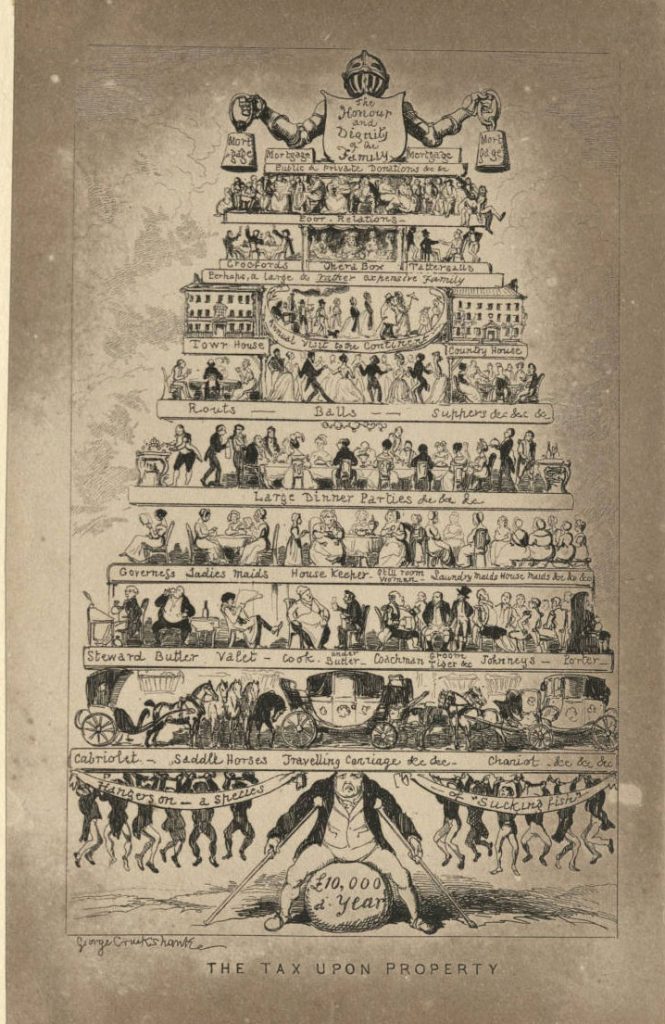
Other depictions of class in this section, such as “Admiral Van Trump’s Duel” and “Gin-temple turn-out at Church-time” present members of the aristocratic and working classes engaging behaviors that the ascendant bourgeois class deemed offensive and harmful, such as dueling or excessive drinking. While members of the aristocracy are usually portrayed wearing wigs and colorful coats, Cruikshank etches tattered or drab clothing to denote working class status. The class markers (and stereotypes) are made obvious through dress, posture, facial features and environment.
Click on the image icons below to learn more about each sketch
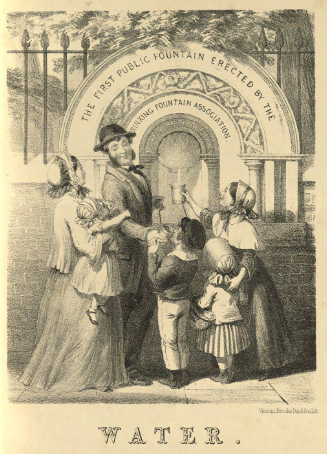
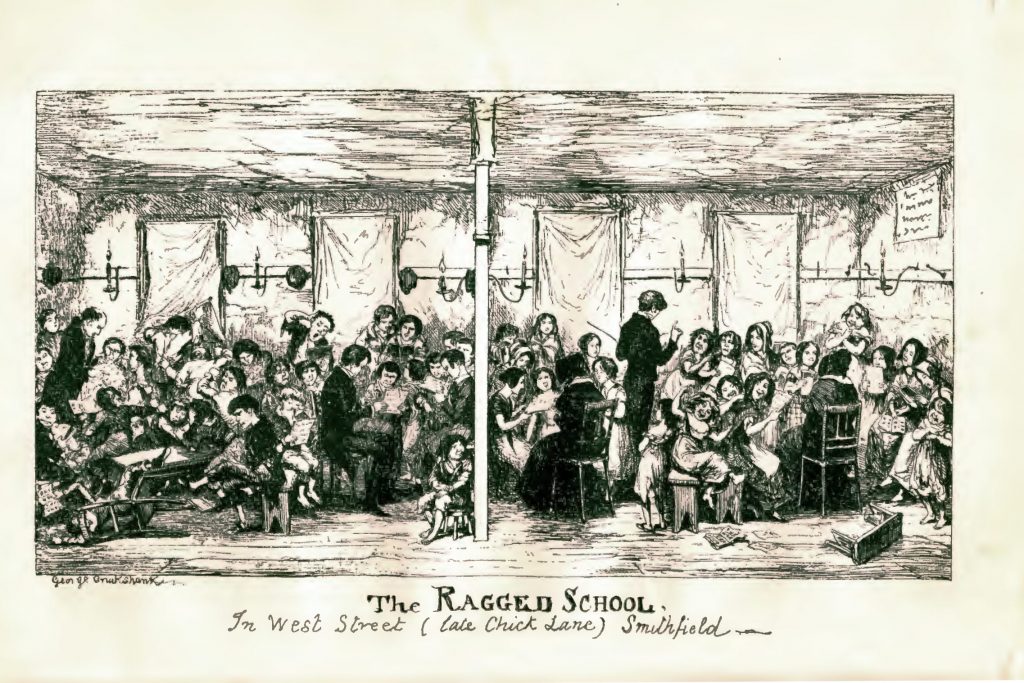
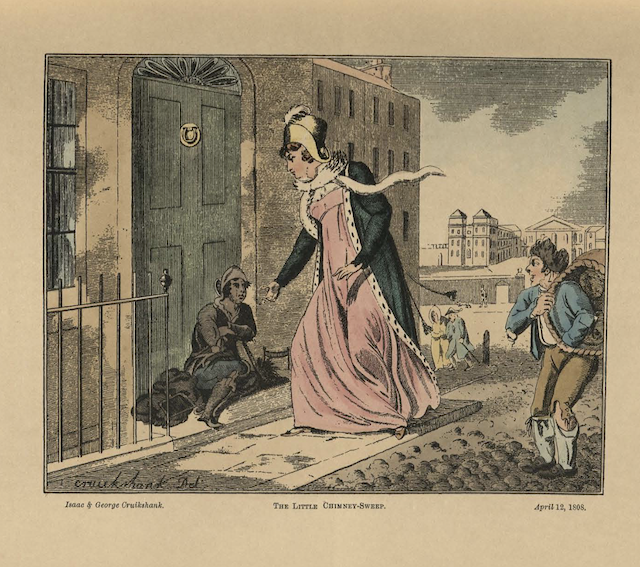
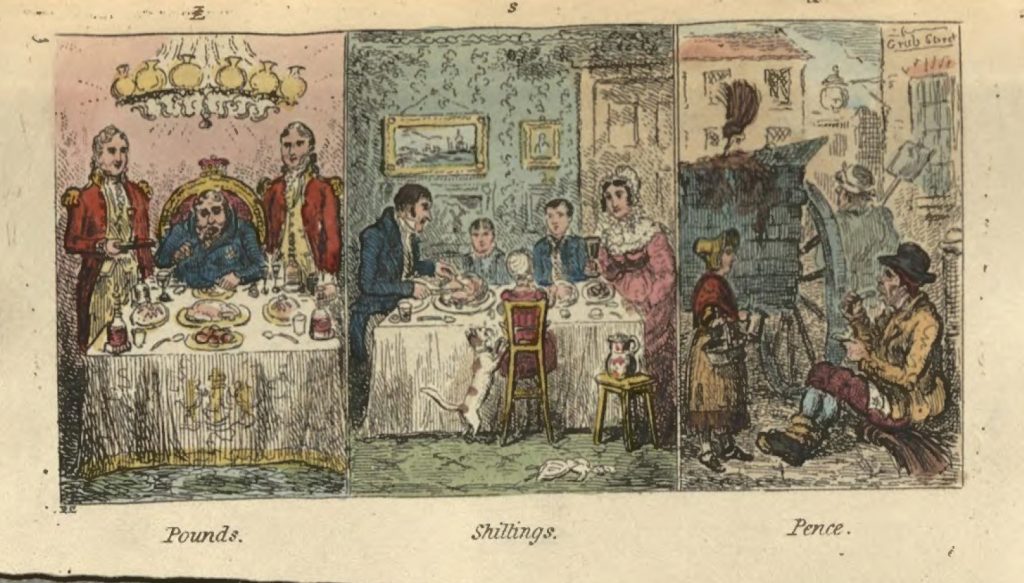
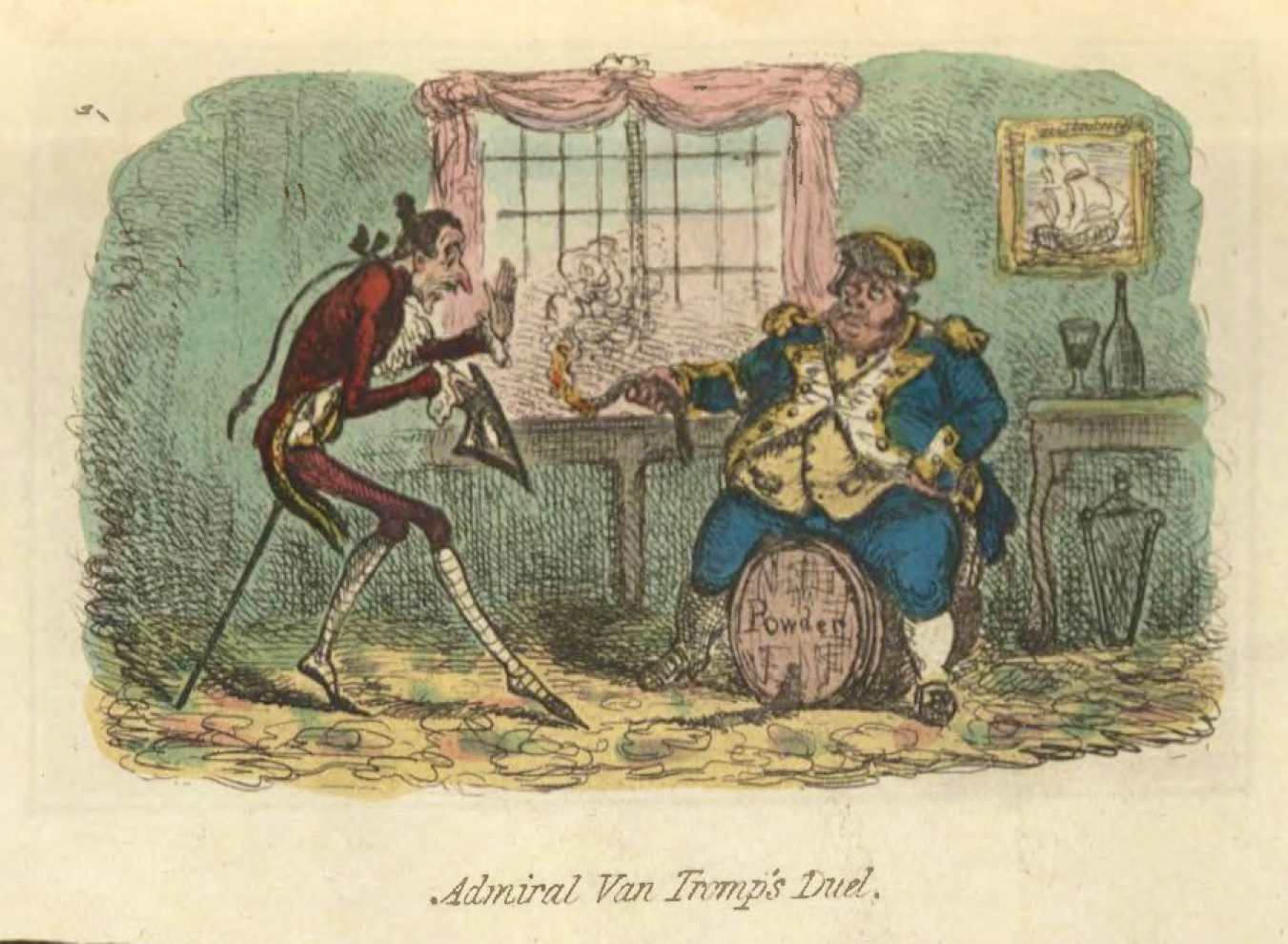
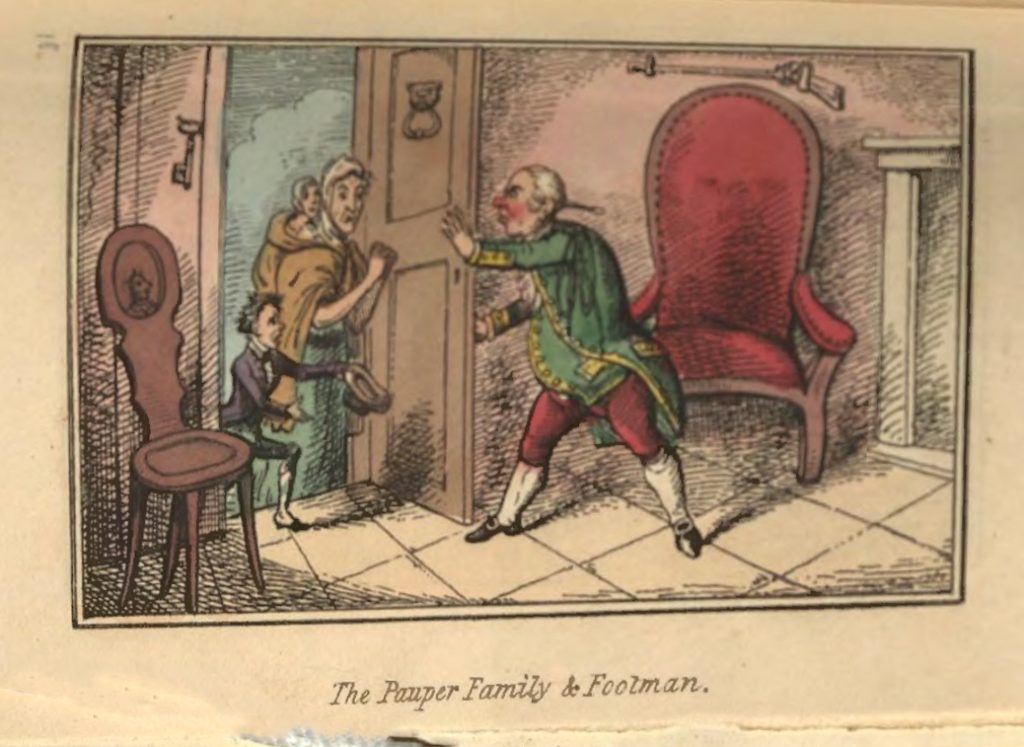
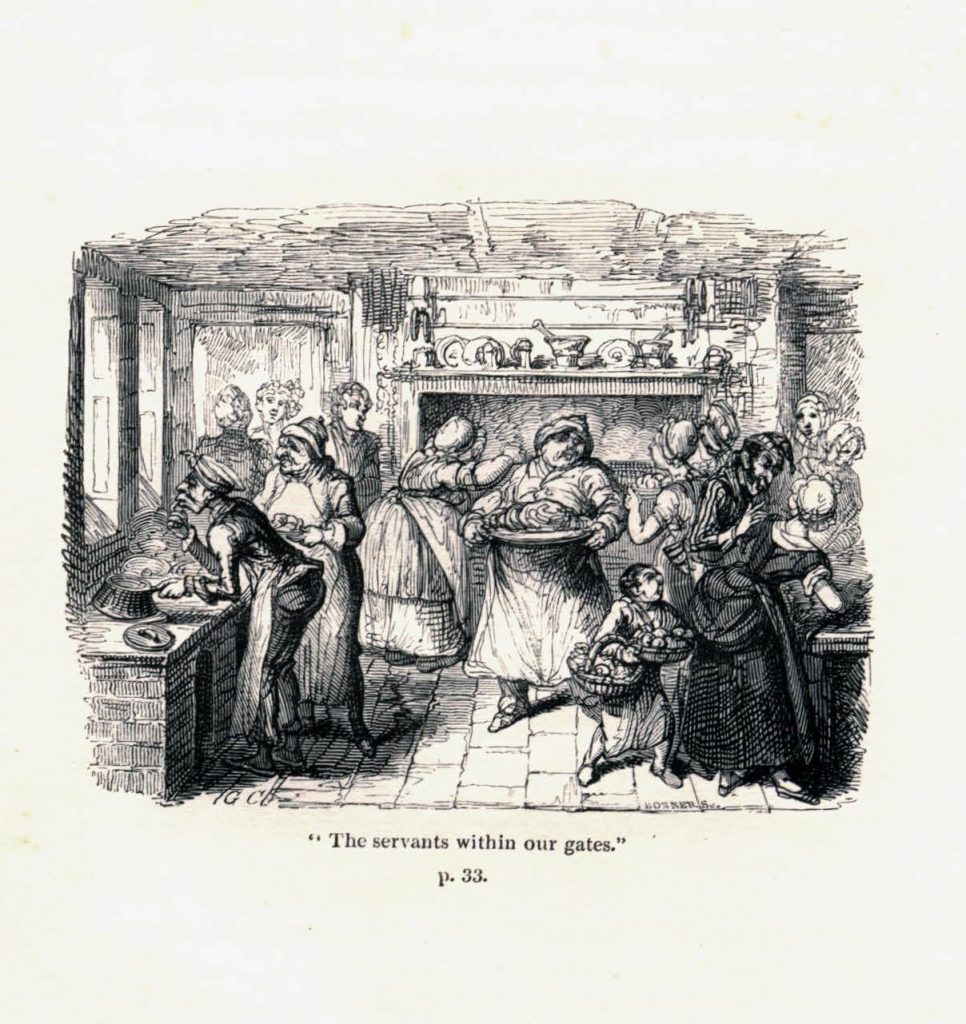
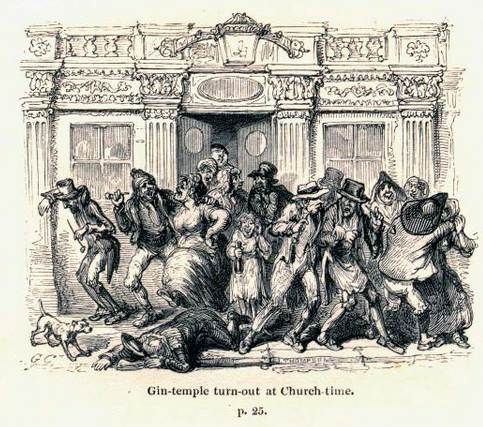

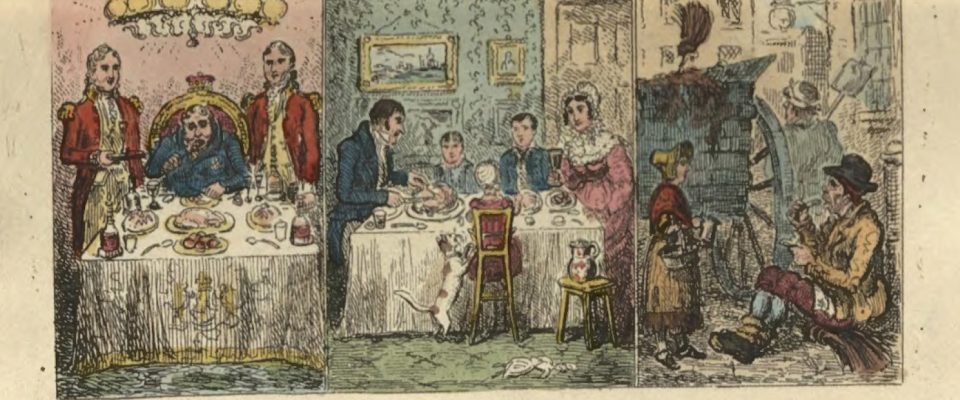
 Albin O. Kuhn Library & Gallery
Albin O. Kuhn Library & Gallery